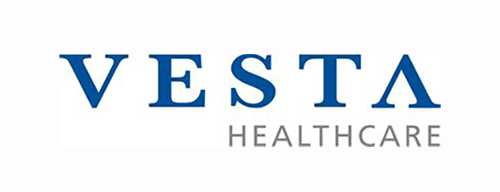The benefits of predictive analytics in healthcare are well-established. Health systems have demonstrated the value of providing clinicians with insights at the point of care through analytics projects based on the records of the current population.
In two recent examples, Wyoming Medicaid successfully deployed a system that identifies patients using excessive services so clinicians can develop care plans that can reduce cost. The San Francisco Department of Public Health used analytics to identify populations with alcohol-related ER admissions and then worked with a local community organization to implement a nurse-managed program that reduced ER admissions.
These successes are significant accomplishments and, hopefully, a sign of the progress that is needed to achieve the “Triple Aim” of improving the patient experience, improving the health of populations and lowering the per capita cost of healthcare.
Interoperability hurdles
But we also know that many health systems have struggled to achieve these types of improvements even after investing heavily in EHR systems and other digital technologies. Too often, the processes that are successful in one department can’t be replicated throughout the system.
A common problem is that healthcare systems aren’t working with a single health record solution and different EHR systems don’t share a common data structure. An October 2017 survey by Healthcare IT News of healthcare professionals found that a lack of interoperability is still the number one complaint about EHR systems.
Even after years of talk within the industry about the need to improve interoperability, progress has been slow. Just a few weeks ago, representatives from the U.S. Office of the National Coordinator for Health Information Technology (ONC) spoke at an industry conference and recognized how much work still remains to be done before EHR systems are seamlessly speaking to each other. Clearly, it will be years before we can expect EHR systems to be truly interoperable.
Information governance is key
One of the messages that came out of this conference is a re-affirmation of the importance of information governance structures. Healthcare professionals don’t need to wait around for new technical solutions to be developed. Many of the solutions they need are here right now. But to reach full potential, they must be deployed using a collaborative approach that standardizes and “normalizes” data and terminology for the staff of their own health systems.
Katie Crenshaw, an expert on healthcare informatics at HIMSS who attended the conference, put it this way, “More and more, we are realizing the conversation needs to move beyond the technical and consider the governance requirements for exchange.”
Where do you start to develop your own information governance standards? For starters — the AHIMA (American Health Information Management Association) has developed guidelines that they’ve incorporated into the Information Governance (IG) Adoption Model.
The goal, according to the model, is to break down silos and create practices that are consistent among all segments of the health system workforce for all types of information.
A HIMSS committee also provides guidance with a free white paper, “A Roadmap to Effective Data Governance.” Their report shares advice on building a consensus within a health system for the type of foundational work required to achieve the important goal of normalizing data for broad accessibility and beneficial use across healthcare systems.
The benefits that will flow from an effective data governance project extend beyond the success of any individual project. In the words of the report, “Organizations that are farther along in their data governance programs recognize the challenge of managing the information needs of their diverse stakeholder community and the business value that comes from managing data as an enterprise asset.” In short, a consistent approach to information and data standardization throughout the enterprise can lead to better decision-making by all departments and thus better patient outcomes and better cost efficiency
The real potential for providers
There is much to be gained from such efforts. Health systems have taken enormous steps forward in recent years. The amount of data available is waiting to be used in solutions that improve decision-making.
At Conduent, we’re excited about what the Midas analytics platform can deliver to health administrators and clinicians. Through this technology, we can predict readmission rates and use that data to identify the relationship between readmissions and mortality rates. Trends can be identified and brought to the attention of clinicians and administrators.
For example, if a health system finds that readmissions have stabilized somewhat, but mortality rates have gone up, administrators and clinicians can start looking for potential causes. Perhaps there are standing orders for everyone with knee surgery to be discharged on day two. But if the data can show us that 40% of patients are coming back with an infection or other issue, we can inform our clients (hospitals/providers) that their order set for knee replacements may not be on target.
We look forward to collaborating with all of our partners as we take the next steps toward implementing our latest solutions and moving them from successful pilot programs to broadly applied solutions that deliver benefits across health system enterprises.


